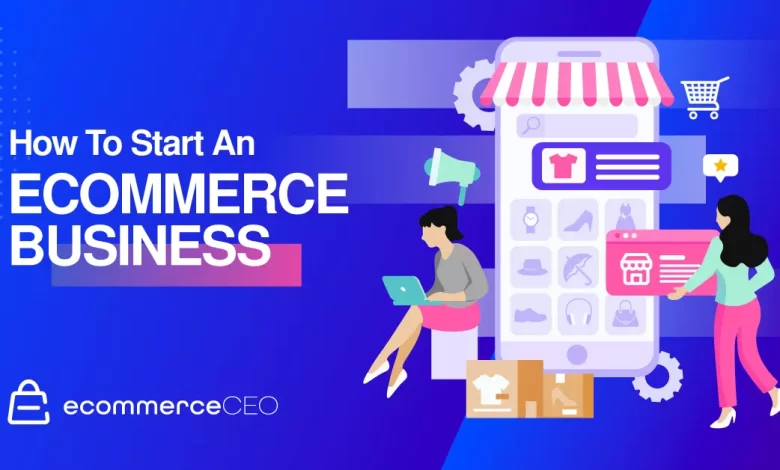
Every day, you come into contact with eCommerce. It’s everywhere, and it’s becoming increasingly difficult to find someone who has never made an internet purchase. You’re correct if you think of eCommerce as a (virtual) realm of limitless possibilities. Son dönemlerde oldukça gelişen bu semtte gaziosmanpaşa escort kızlarını sitemizde sizler için listeledik. But, what exactly is eCommerce and how can you get started?
We’ll walk you through the basics of getting started with your own eCommerce website and online business in this post, which will introduce you to eCommerce and the various components that come together to make the successful online businesses we’ve all heard of.
What exactly is eCommerce?
Everything that involves purchasing, selling, and completing transactions online is referred to as ecommerce. The letter “e” in “eCommerce” is the same as the letter “e” in “email.” It’s a “electronic” prefix used to describe the online counterpart of an offline notion. Ecommerce transactions are carried out on specialised websites that accept product payments.
Ecommerce has grown at such a breakneck pace over the last two decades that it has fundamentally altered the structure of company. Every day, millions of individuals shop online, with many of them making purchases more than once a week. This has resulted in profitable business opportunities that were not available prior to the internet. Businesses are no longer restricted to local customers; instead, every eCommerce company has the opportunity to reach millions of people.
Furthermore, eCommerce allows firms to make money even when they are not online. As a result, it aids you in achieving a work-life balance.
The Flow of the eCommerce Process
Ecommerce process flow describe all of the actions and functionality that make an eCommerce website work are described in the. Ecommerce is similar to brick-and-mortar retailers in many aspects, except that it is conducted online. There are regions that are only visible to customers and others that are only visible to personnel.
Employee-only sections in eCommerce are similar to the management office and the area behind the registers in a physical business, with the exception that they are located on a computer rather than at a physical location. Similarly, the customer-facing areas are identical to the sales floor, aisles, signs, and other traditional retail characteristics, except they are on a website rather than in a physical location.
They referred these two parts as the backend and the frontend in software, which includes software that powers eCommerce websites.
The Server-Side
The business-facing side of an eCommerce website is the backend. They called it as the dashboard, control panel, or admin panel, or just the admin. The backend may have a different name depending on the software supplier, such as Shift4Shop Online Store Manager, but the function is the same: this is where you manage all parts of your eCommerce website.
The backend includes tools for setting up a website and running a business. Users can submit products, categorise them, and pick which payment methods they want to accept. Many eCommerce platforms include online store templates to help you design your store quickly and easily. Inventory tracking and control, order processing, marketing tools, a coupon and promotion maker, customer data, and other capabilities may be available.
The User Interface (UI)
The frontend of an eCommerce website is everything that a customer sees while they shop. They called the frontend as the storefront, and when people say “the website,” they’re usually referring to the frontend. The options you set up in the backend have a direct impact on the frontend’s appearance and functionality.
The frontend must be straightforward to use and well-organized so that customers can quickly locate what they’re looking for. Setting up a clear category structure for your products and implementing simple navigation can help you achieve this. You should also include business information such as a “About Us” page, a FAQ (Frequently Asked Questions) page, and extra pages that detail your store’s policies, such as refunds, shipping, and privacy. They consider these latter pages a need for any business, and the more open information you present, the more likely your customers will trust your store.
Other features, such as product reviews and Q&As, security logos and other trust badges, the ability for consumers to view, edit, and save their shopping, and more, can be added to the frontend. Your store’s checkout should run smoothly and have a simple layout to avoid mistakes. Keep in mind that the frontend of your website has a significant impact on your conversion rate.
Source: ecommerce platforms , online selling platform